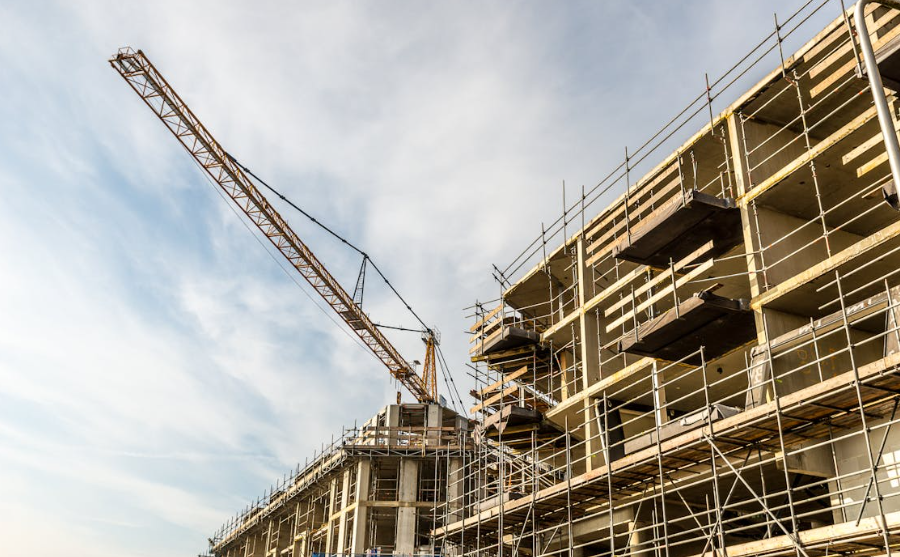
In the construction and maintenance field, scaffold structures are a critical component, providing a secure and stable platform for workers to perform tasks at height. However, the safety and reliability of scaffold models depend heavily on regular inspections and maintenance.
Understanding how to inspect these units properly before use is not just a regulatory requirement; it’s a crucial practice that safeguards the well-being of everyone involved in the project.
The Necessity of Scaffolding Inspection
Scaffolding inspection is a vital process that ensures the structure is safe and ready for use. It involves examining all scaffold parts, including supports, platforms, and guardrails, to identify hazards like wear and tear, damage, or improper assembly. Regular inspections are essential to prevent accidents and injuries, while overseeing that the designs remain a safe working environment for construction workers and others on site.
What to Look for During a Scaffolding Inspection
A thorough scaffolding inspection should cover several key areas:
- Structural Integrity: Check for any signs of damage or weakness in the scaffold’s components, such as rust, cracks, or bending.
- Proper Assembly: Clarify that the scaffold has been assembled according to the manufacturer’s instructions and complies with relevant safety standards.
- Stability: Verify that the scaffold is stable and securely anchored, with no loose parts.
- Safety Features: Confirm that all safety features, such as guardrails, toe boards, and access ladders, are in place and in good condition.
- Load Capacity: Review the load capacity to make sure it’s not exceeded, considering both the weight of workers and materials.
When to Perform Scaffolding Inspections
Professional scaffold assessments should be conducted regularly, adhering to the following guidelines:
- Before First Use: A comprehensive inspection is necessary before the scaffold is used for the first time.
- At Regular Intervals: Depending on local regulations and the nature of the work, scaffolding should be inspected at least every 7 to 30 days.
- After Alterations: Any time the scaffold is altered or moved, it must be inspected again to ensure its continued safety.
- Following Adverse Weather: Extreme weather conditions, such as strong winds, heavy rain, or snow, can affect the scaffold’s stability and integrity, necessitating a post-event inspection.
The Role of a Competent Person in Scaffolding Inspection
As defined by occupational safety and health standards, a competent person should carry out scaffolding inspections. This individual needs the training, knowledge, and experience to identify hazards and the authority to take prompt corrective measures to eliminate them. Their expertise allows the scaffold to meet all safety requirements and provide a secure platform for work at height.
The Final Word
Regular scaffolding inspections are not just a compliance issue, but a cornerstone of workplace safety in industries where working at height is commonplace. By conducting thorough inspections at the recommended intervals and following best practices, businesses can significantly reduce the risk of accidents and facilitate a safer environment for their employees.
After all, safety on a construction site begins with a commitment to rigorous inspection protocols and ends with the collective responsibility of all individuals involved.
For those looking to broaden their understanding of workplace safety, reviewing the importance of personal protective equipment (PPE) can offer additional insights into creating a comprehensive safety culture within the construction and maintenance sectors.
